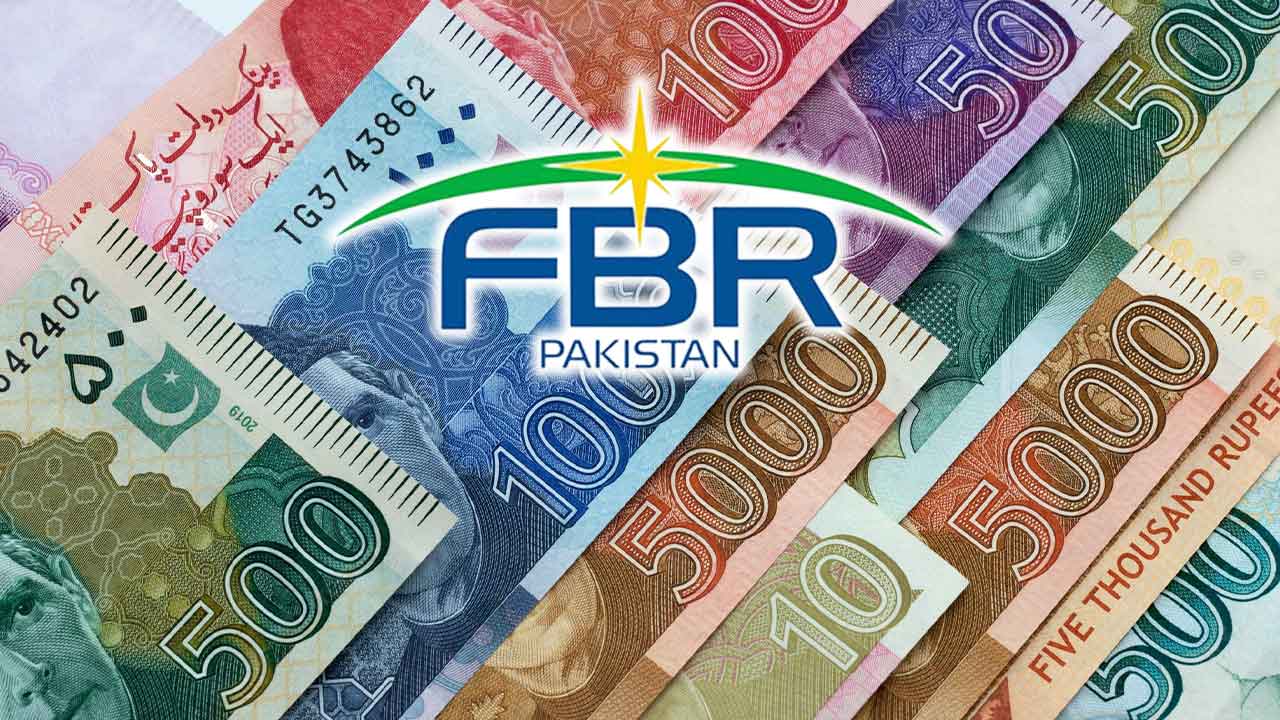In a bid to streamline operations, the Federal Board of Revenue (FBR) has set up 145 district tax offices, aiming to bring in 1.5 to 2 million new taxpayers by June 2024.
Highlighting the significance of revenue and the need to increase the number of tax filers, the Prime Minister also stressed these goals in recent meetings.
The initiative is geared towards expanding the tax base, ultimately achieving the desired tax-to-GDP ratio.
Heading these offices are district tax officers responsible for compelling income tax returns from non-filers and preventing lapses from existing filers.
This marks a pivotal step in bridging the critical tax gap and incorporating all potential taxpayers into the system.
The newly established offices, led by dedicated Inland Revenue Officers in BS-17/18, will leverage third-party data obtained from various departments to track information on asset investments and significant expenditures by potential taxpayers.
This approach aims to curtail avenues for individuals evading taxation, particularly in terms of registration and filing returns.
The department will invoke the recently introduced Section 114B in the Income Tax Ordinance, 2001, to enforce compliance, enabling it to disconnect utility connections (such as electricity and gas) and block mobile SIMs if returns are not filed in response to issued notices.
A new documentation law is also in the works to mandate agencies and departments to provide data to the FBR through an automated common transmission system.
The Federal Board of Revenue has sought collaboration with the National Database and Registration Authority (NADRA), and the Chairman of NADRA is ensuring assistance for the expansion of the tax base through data integration.
This comprehensive initiative not only strengthens the FBR’s capacity to enforce tax laws but also facilitates taxpayers by establishing dedicated offices, ultimately fostering a more efficient and effective taxation system.







